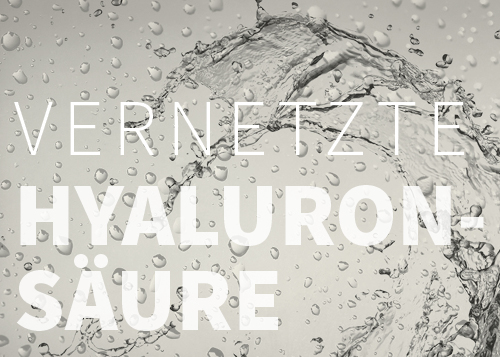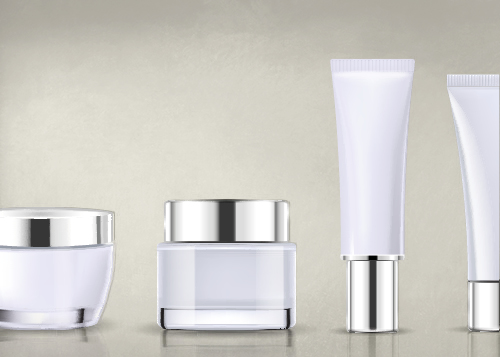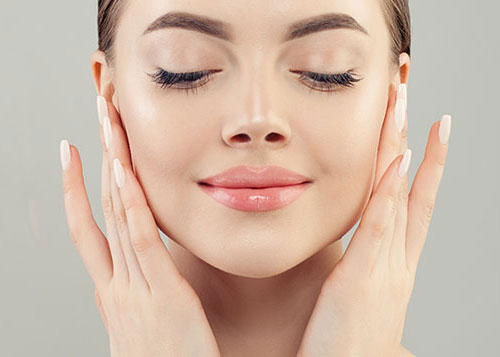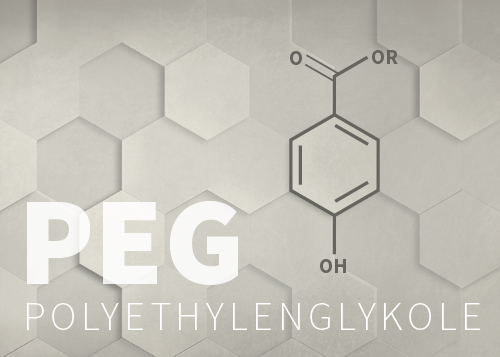From the age of 25, the natural production of the body’s own hyaluronic acid, a sugar molecule, decreases significantly.
This gives the skin less opportunity to bind moisture. At the age of 50, the body only has about half of its natural supply of hyaluronic acid. The complexion loses elasticity and forms wrinkles, the eyes are drier and the joints are supplied with less fluid.
The hyaluronic acid contained in creams consists of tiny particles that moisturize the skin, but can only correct small wrinkles to a limited extent. In order for hyaluronic acid (HA) to penetrate the skin surface and exert its “anti-aging” effect, the molecular weight (molecular mass, molecular size) of this sugar chain must be relatively small.
That is, the HA contained in creams and serums, comes in two forms; HA with high molecular weight (i.e. large molecular mass) or low molecular weight, depending on the effect the cream is to fulfill.
- High molecular weight hyaluronic acid can store water on the skin surface. The epidermis can thus fulfill its barrier function and protect the skin against environmental influences.
- Low molecular weight hyaluronic acid penetrates deeper into the skin and can improve the texture of the skin with remarkable effect.
The high percentage of HA in the care line of “Cosmetic Cell Concept” is responsible for rehydration and care of the top layer of the skin. Small smile lines are thus smoothed. For deep wrinkles and furrows, however, larger gel particles are needed to achieve the desired effect.
Cross-linked hyaluronic acid applied by injection has the form of a gel and is capable of filling even deeper wrinkles from the inside with its unique lifting capacity. Although it is biosynthetically produced, it differs little from natural hyaluron.
Due to different gel particle sizes, it easily adapts to the different tissue layers. In this way, lips, nasolabial fold and cheekbones can be shaped with fine precision work.





